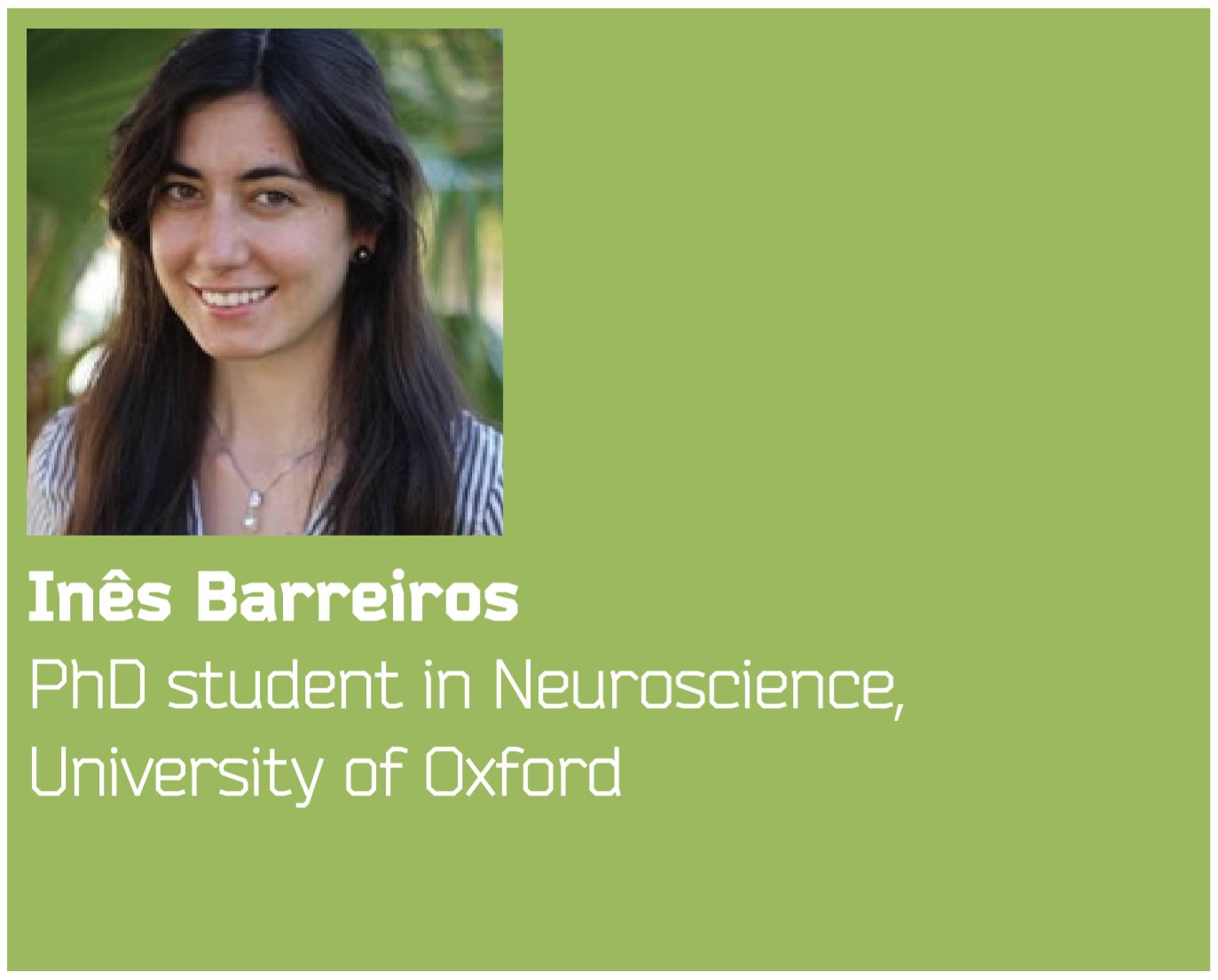7th Aug 2018
 The ‘Bright Brains’ newsletter is composed and edited by students, postdocs and early career members of the BNA. In the Summer 2018 Bulletin edition, PhD student Inês Barreiros reported on a new NeuroMethods Slack group, a collaborative platform for troubleshooting methods in neuroscience.
The ‘Bright Brains’ newsletter is composed and edited by students, postdocs and early career members of the BNA. In the Summer 2018 Bulletin edition, PhD student Inês Barreiros reported on a new NeuroMethods Slack group, a collaborative platform for troubleshooting methods in neuroscience.

Have you tried setting up or optimising a new technique in the lab? Then you have likely run into endless, exasperating troubleshooting. With research articles’ methods sections often missing critical details, fine-tuning or implementing a new technique can be challenging. But now you can find the help you need to make this endeavour more manageable at the NeuroMethods Slack group, a collaborative platform for troubleshooting methods in neuroscience.
Traditionally, researchers largely restrict themselves to advice from supervisors, labmates, or the local science communities, when trying to supplement the information gathered from papers on particular methods. This can be problematic if you belong to a small neuroscience community or the technique you are trying to implement is relatively new. While email technology has been around for a while and writing to distant authors asking for more details is also an option, something researchers are not famous for is swift email replies.
Instantaneous messaging and numerous social and teamwork media platforms have reinvented the way people communicate. Using these to promote open, collaborative research can revolutionise how we do troubleshooting in science. Thinking of this, Benjamin Saunders, group leader at the University of Minnesota, created NeuroMethods (neuromethods.slack.com), an open Slack (1) workspace that brings together researchers from ‘different labs working on similar techniques that can share questions and insights’.
At NeuroMethods, researchers can quickly ask for advice and discuss practical details of research techniques with fellow neuroscientists from all over the world. Discussions are organised into specialised channels with topics ranging from experimental to theoretical, from molecular to systems neuroscience. Current channels include: mouse lines, Drosophila methods, immunohistochemistry, tracing, electrophysiology, in vivo imaging, statistical analysis and data visualisation. And you can easily set up a new channel if the method you are looking for hasn’t been added yet.
So next time you try troubleshooting a new technique, keep calm and read the ongoing discussions or ask for more advice at its NeuroMethods channel. And, even if you are using methods fully established in your group, join the platform and share your expertise with the global neuroscience community.
Joining NeuroMethods: you can join by simply creating a Slack account, if your university email domain is listed at neuromethods.slack.com, or by invitation from any current member. If you would like an invitation, you can contact Benjamin Saunders via email (saunderslab.umn@gmail.com) or Twitter (@BenSaunders).
If you have any comments or questions for the author, you can find Inês on Twitter (@inesvbarreiros)
References:
- Perkel JM . (2017) How scientists use Slack. Nature News 541(7635):123.
To view past editions of Brightbrains online or in print, please visit www.bna.org.uk/publications/bright-brains/.
If you’re a BNA member interested in contributing to Bright Brains online or in print, please email Jayanthiny Kangatharan (jayanthinykangatharan@gmail.com).









